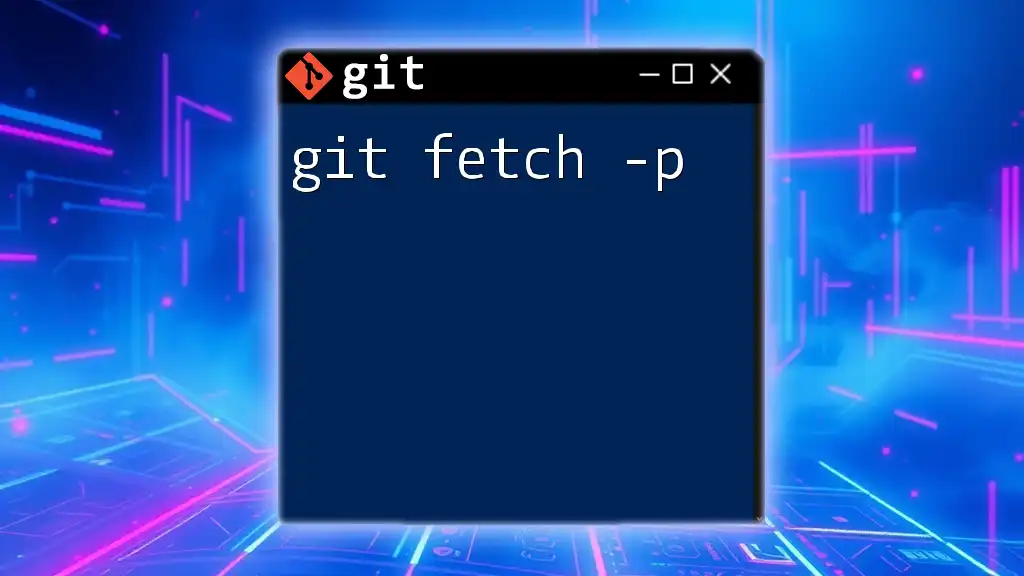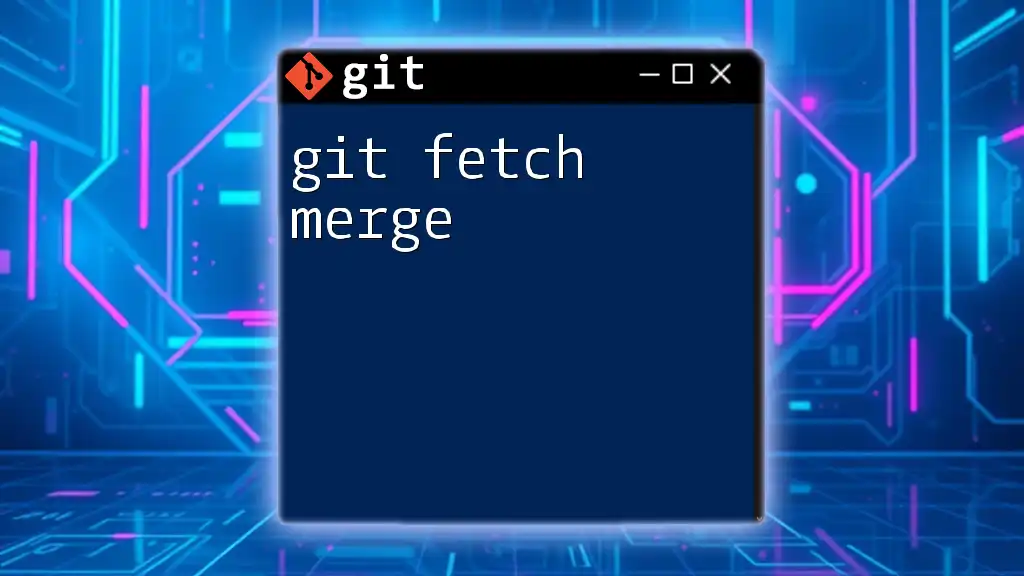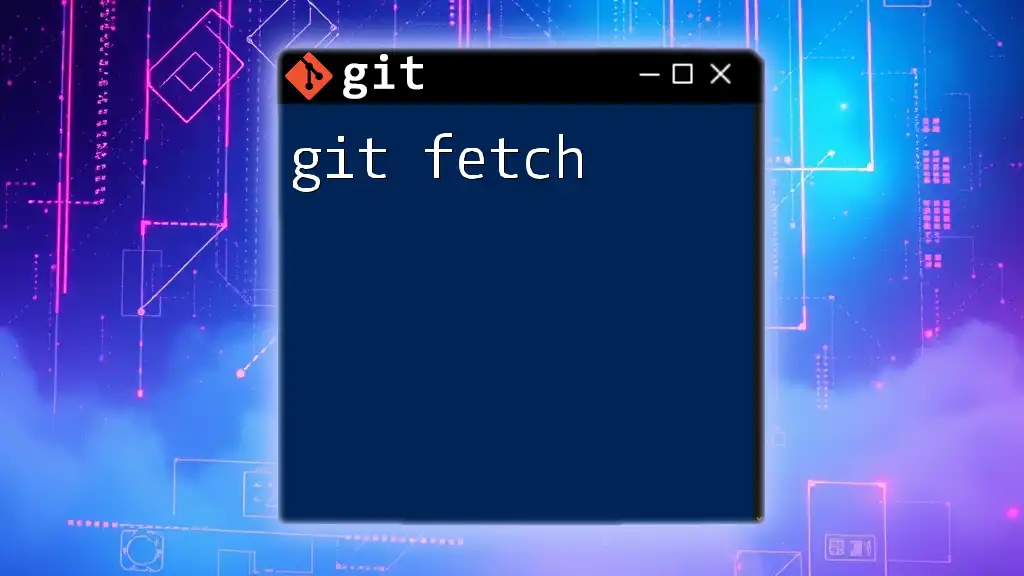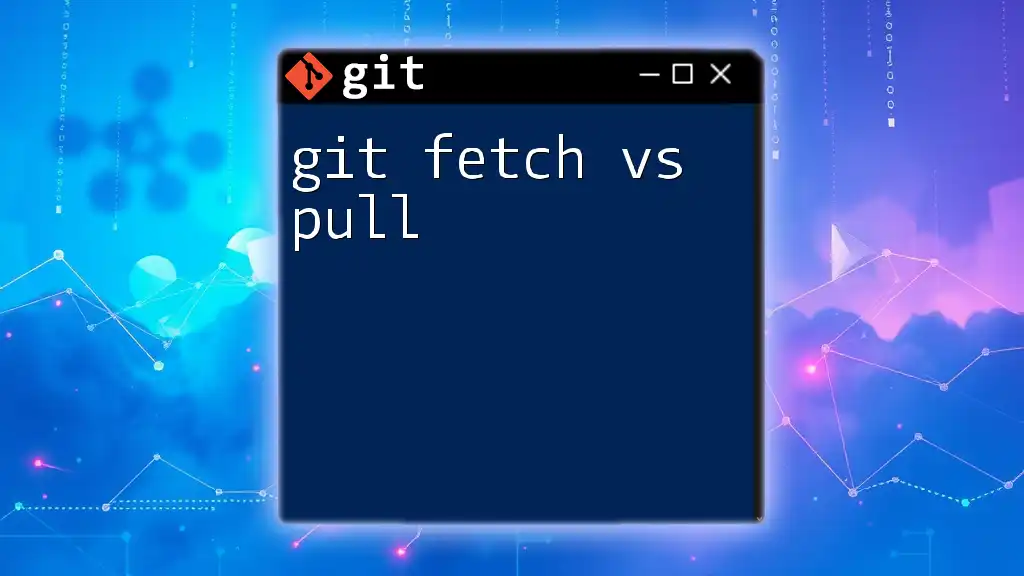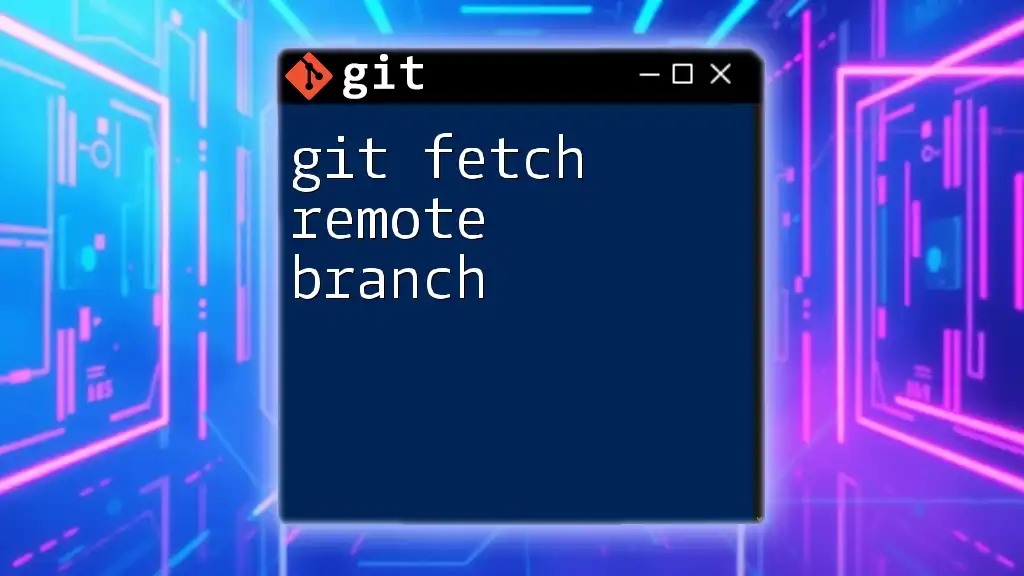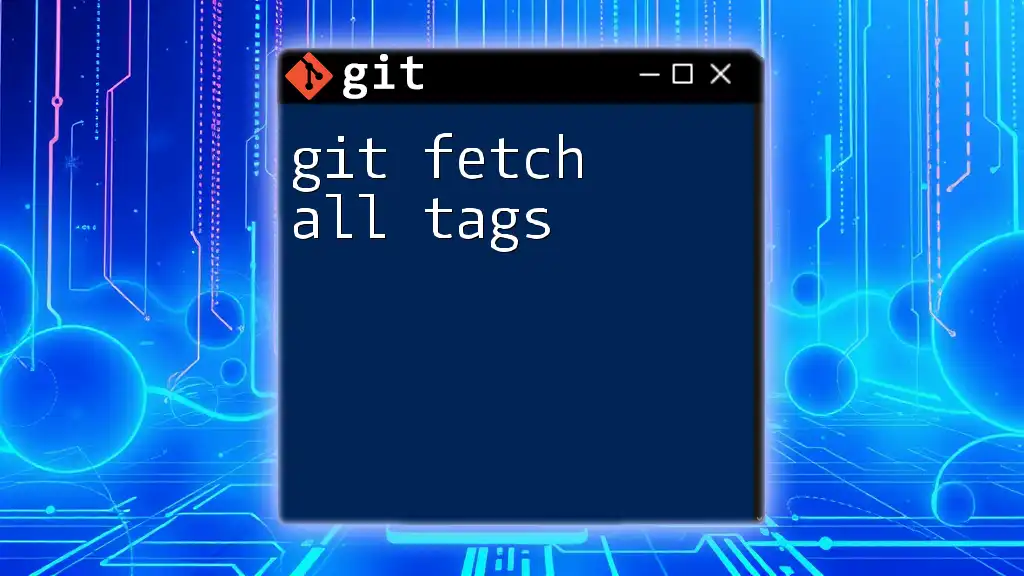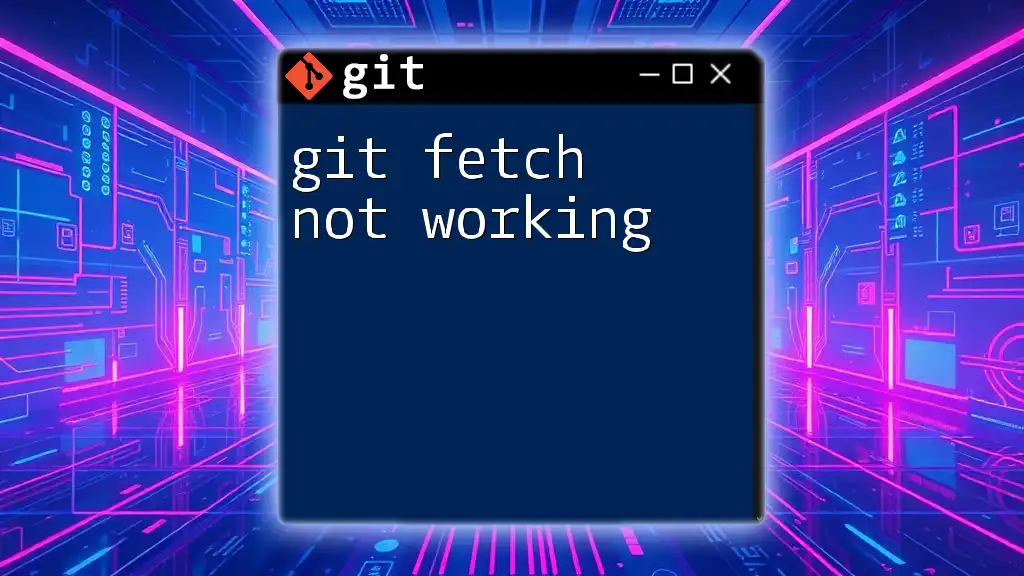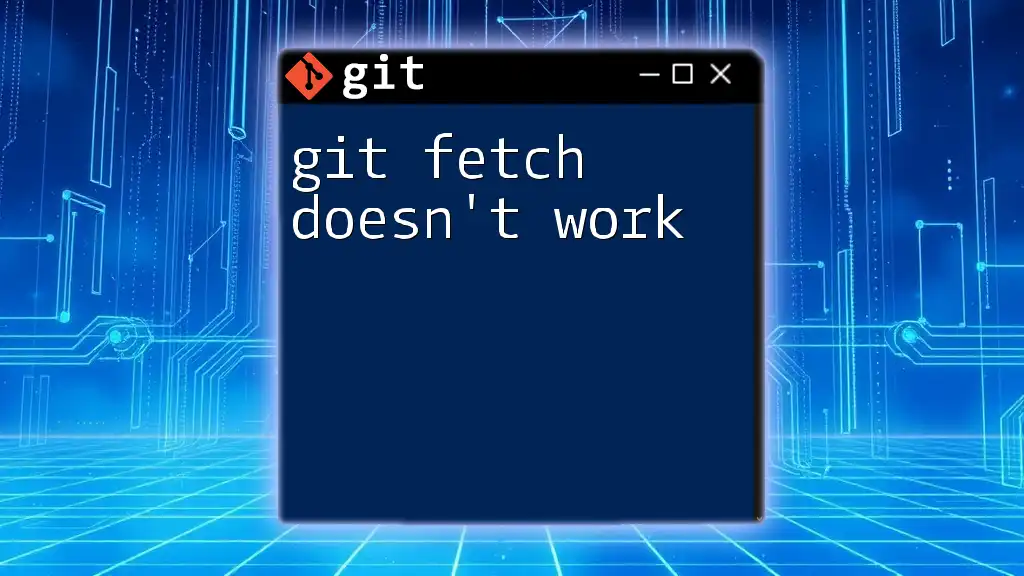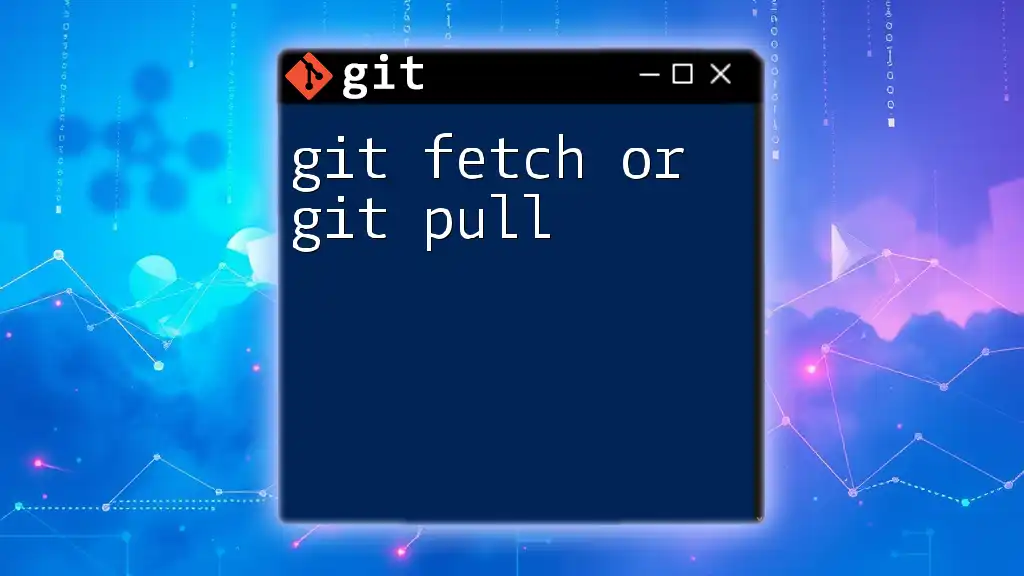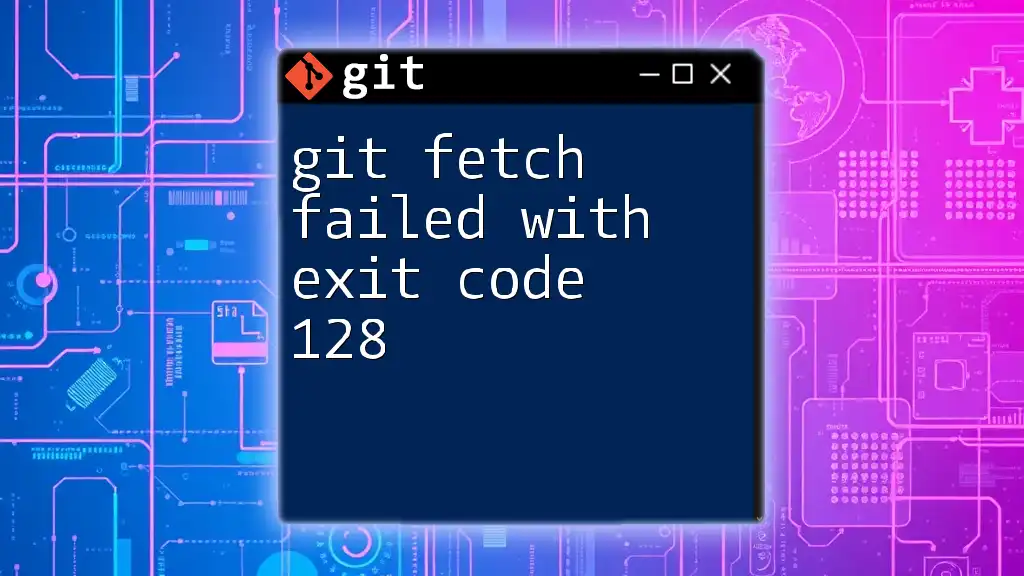The `git fetch -p` command updates your local copy of the repository by fetching changes from the remote repository and pruning (deleting) any remote-tracking references that no longer exist on the remote.
git fetch -p
What is git fetch?
Definition and Purpose
The `git fetch` command is a fundamental tool in Git that allows you to retrieve updates from a remote repository without merging the changes into your local repository immediately. It acts as a way to keep your repository up-to-date by fetching any new commits, branches, and tags that others may have pushed to the remote.
Difference Between git fetch and git pull
It's essential to understand that `git fetch` and `git pull` serve different purposes. While `git fetch` only downloads the changes, it does not apply them. Loading remote changes but keeping your current working state unchanged can prevent unwanted merge conflicts. On the other hand, `git pull` automatically merges those changes into your local branch, which can be beneficial if you are ready to integrate the new updates immediately. Thus, using `git fetch` allows you to review changes before making any decisions about merging.
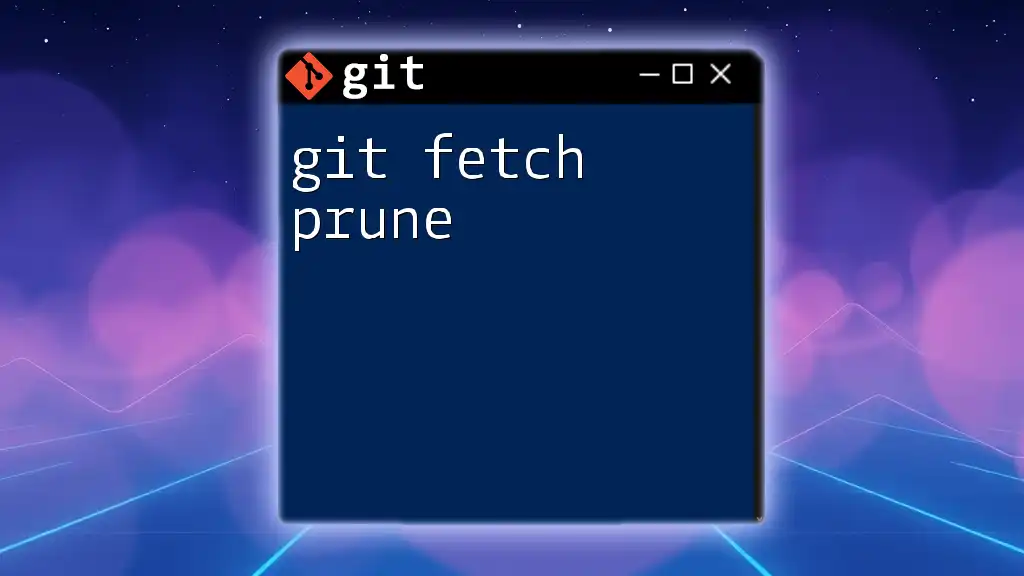
The role of the `-p` option in git fetch
Definition of -p (or --prune)
The `-p` or `--prune` option is an enhancement to the `git fetch` command that cleans up any stale references to remote branches that no longer exist. When you or your collaborators delete a remote branch, your local Git repository doesn't automatically delete the corresponding remote-tracking branches. By using `git fetch -p`, you essentially instruct Git to remove these obsolete references, helping maintain a tidy branch structure.
Importance of Cleaning Up References
Keeping outdated tracking branches can lead to confusion. If you have references to branches that have been deleted on the remote, it might give the illusion that those branches are still active. This can mislead developers and disrupt workflow, especially in collaborative environments. Regularly using `git fetch -p` helps mitigate this by ensuring that your local repository reflects the current state of the remote.
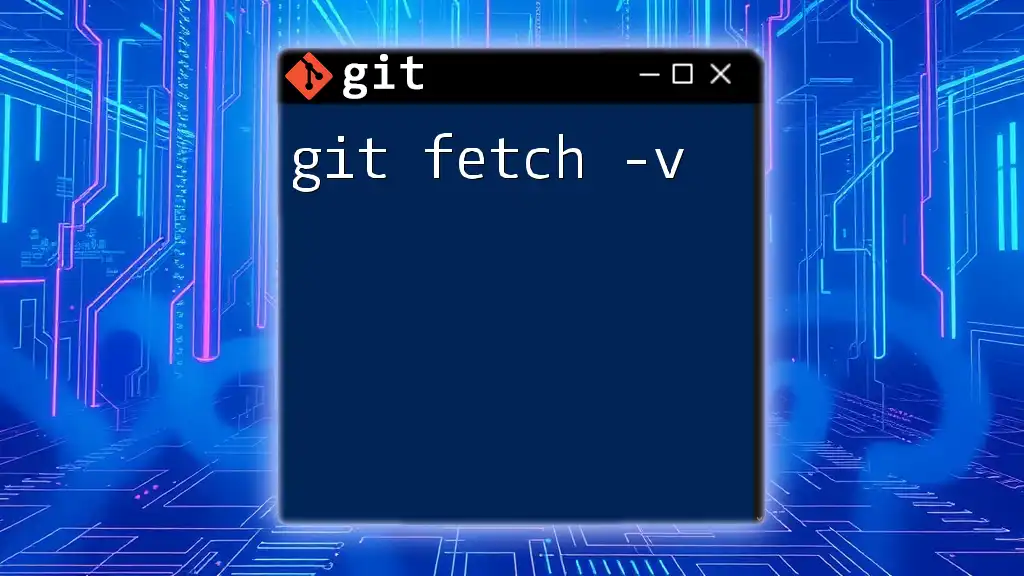
How to Use `git fetch -p`
Basic Syntax
To use the command, the syntax is straightforward:
git fetch -p [remote-name]
If you omit the remote name, Git defaults to `origin`, which is typically the name given to your main remote repository.
Step-by-Step Example
Setting Up a Sample Repository
Let’s create a simple Git repository to demonstrate how to use `git fetch -p`. First, initialize a new repository and add a remote:
mkdir sample-repo
cd sample-repo
git init
git remote add origin https://github.com/user/sample-repo.git
Now let’s say you have multiple collaborators who are pushing their branches to the remote repository. Some of them might delete branches after they’ve merged their work.
Using git fetch without -p
First, let’s fetch changes from the origin remote without pruning:
git fetch origin
At this point, Git retrieves all new branches and commits from the remote but does not clean up any deleted branches. You might still see references to branches that no longer exist in the remote repository.
Using git fetch with -p
Now, let’s use `git fetch -p` to not only retrieve updates but also prune any deleted references:
git fetch -p origin
After executing this command, Git will display a summary of the fetched changes, and you can see that any remote branches that were deleted will now be removed from your local remote-tracking branches. This cleans up your branch list and reduces clutter in your repository.
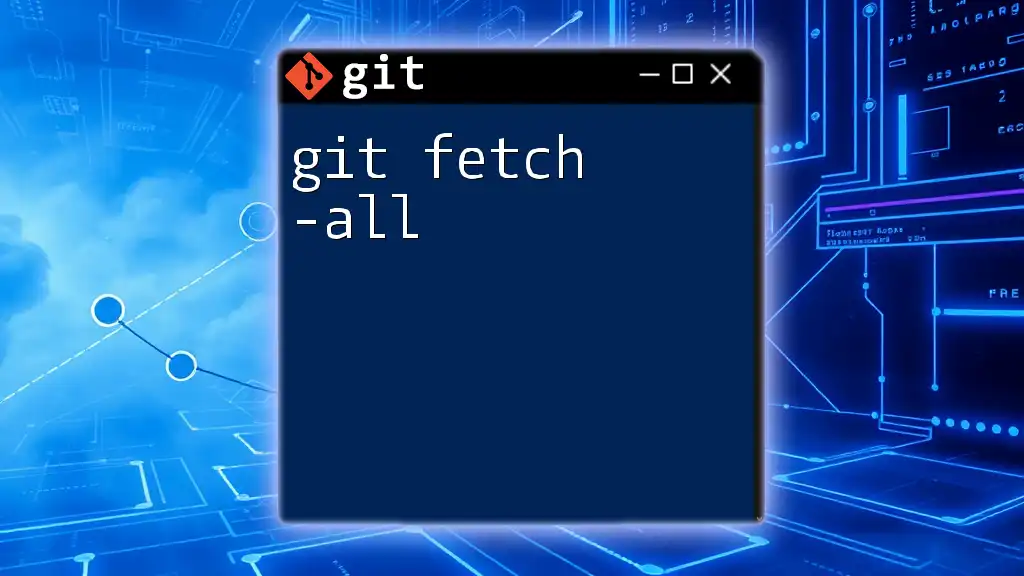
Real-world Scenarios for Using `git fetch -p`
When Collaborating with Teammates
In a team environment, it's common for branches to be created for features or bug fixes and then deleted after completion. For example, if you and your teammates are all pushing branches and occasionally deleting them once the work is merged, forgetting to prune can lead to confusion about which branches are currently active. Using `git fetch -p` regularly helps you keep your branch landscape clear and manageable.
Dealing with Deleted Branches
When a branch has been merged into the main branch and subsequently deleted, you want to update your local references. For instance, if a team member merged their feature branch and deleted it from the remote, running `git fetch -p` will ensure that this deleted branch no longer appears in your listing of remote-tracking branches.
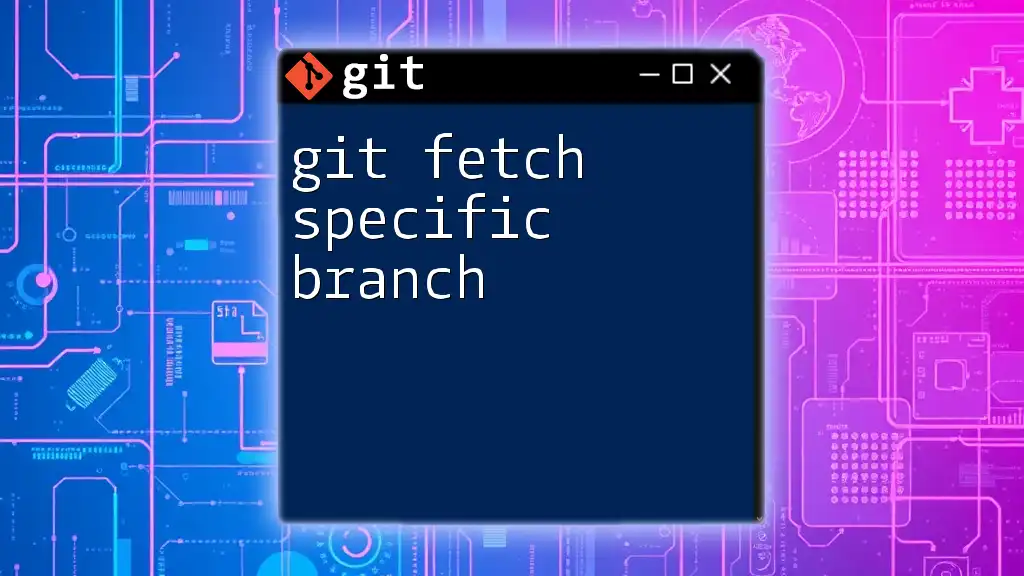
Best Practices for Using git fetch -p
Regularly Cleaning Up Branch References
It is advisable to make `git fetch -p` a part of your regular workflow. Depending on your project activity, this might mean running it daily or weekly. By staying proactive about pruning references, you maintain a clearer view of your project’s structure.
Using with Other Git Commands
Consider combining `git fetch -p` with other commands for improved efficiency. For instance, if you frequently switch branches after fetching, you might find it handy to script your usual commands, like fetching and checking out a branch, to streamline your workflow.
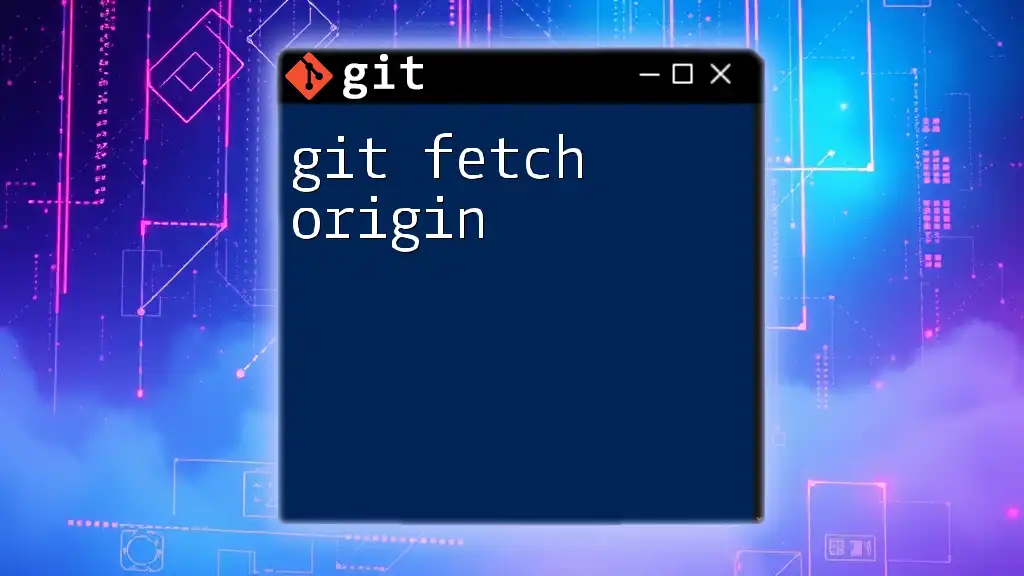
Common Issues and Troubleshooting
What to Do If You Encounter Errors
When using `git fetch -p`, you might occasionally run into issues, such as network errors or authentication problems. If you see error messages regarding connection issues, ensure that your remote URL is correctly configured and that you have the necessary permissions to access the repository.
Understanding the Output
After executing `git fetch -p`, Git will provide output that shows which branches were pruned and whether new updates were fetched. Understanding this output is crucial for knowing the state of your branches. A typical output might look like this:
From https://github.com/user/sample-repo
87c4b9a..b3d4c17 main -> origin/main
* [pruned] feature-branch
The output indicates that new commits were fetched for the `main` branch and that the `feature-branch` was deleted, showing you what changes occurred.
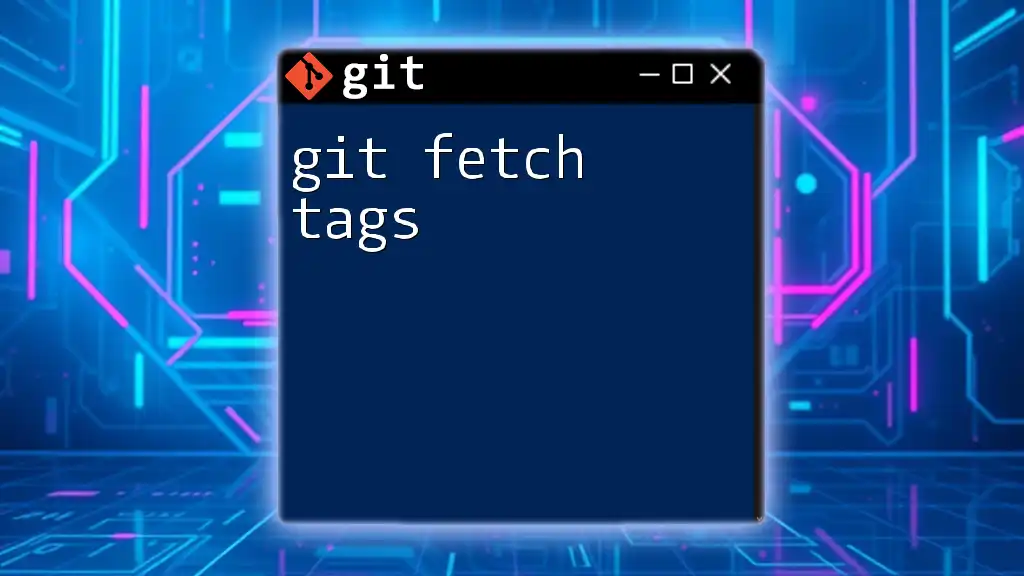
Conclusion
The `git fetch -p` command is a valuable addition to your Git toolkit and plays an integral role in keeping your repository organized and up-to-date. By pruning stale remote-tracking branches, you can work more efficiently and avoid unnecessary confusion while collaborating with your team. Incorporate this command into your routine and enjoy a smoother workflow in your version control practices.
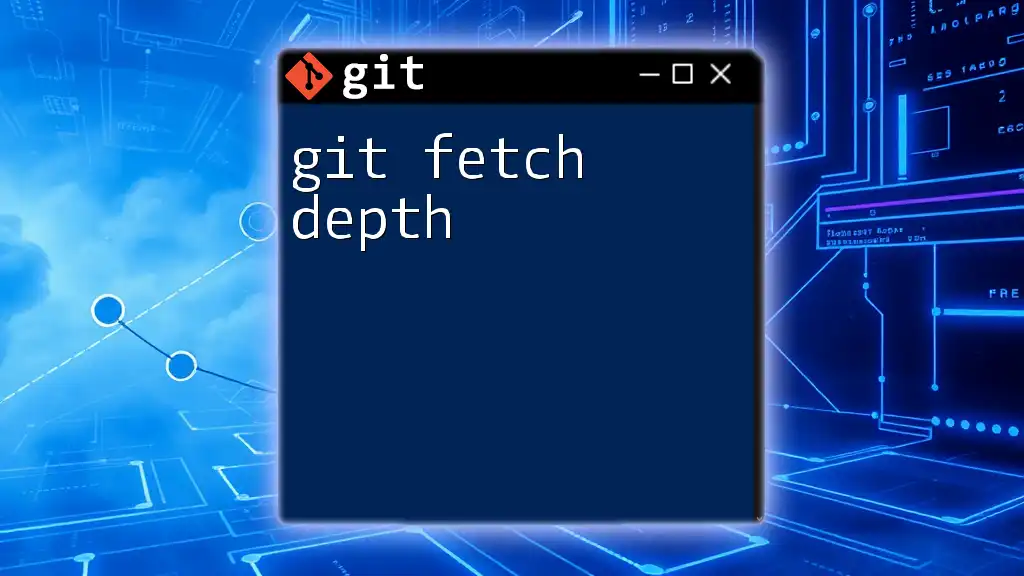
Additional Resources
- Official Git documentation: [Git Documentation](https://git-scm.com/doc)
- Git tutorials for beginners to advanced users.
- Community forums like Stack Overflow or GitHub Discussions for real-time problem solving and advice.
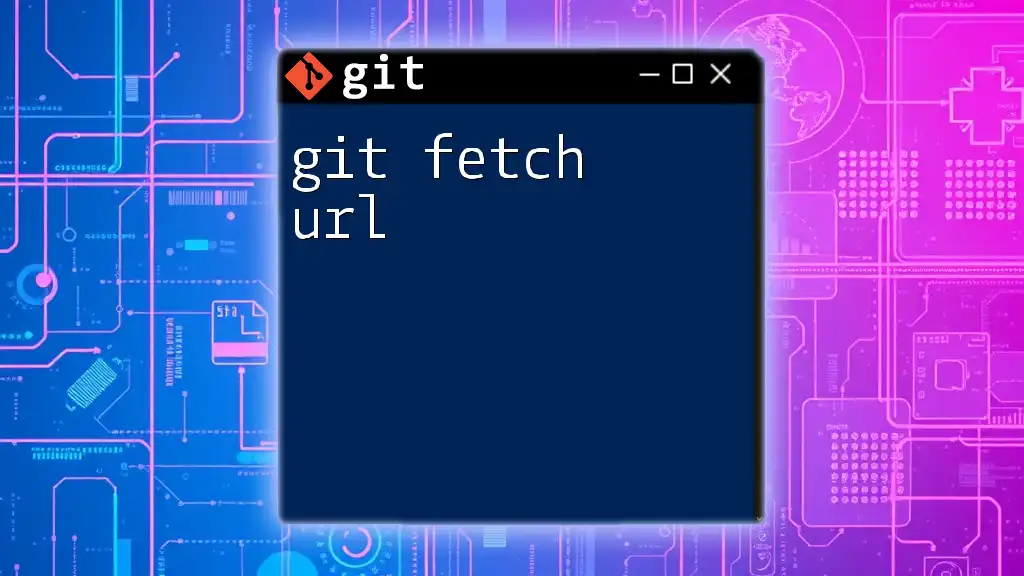
FAQs
What does `-p` really do?
The `-p` option stands for prune, which cleans up the tracking references for remote branches that no longer exist. This keeps your local state in sync with the remote.
Can I use git fetch -p with any remote?
Yes, you can specify any remote you have set up in your local repository, or you can simply use `origin` as a default.
Is it safe to prune branches?
It is generally safe to prune branches when you are sure they have been deleted from the remote. This is best practice to avoid confusion with outdated references. Always double-check before running the command if you have uncertainties about the branches' status.

